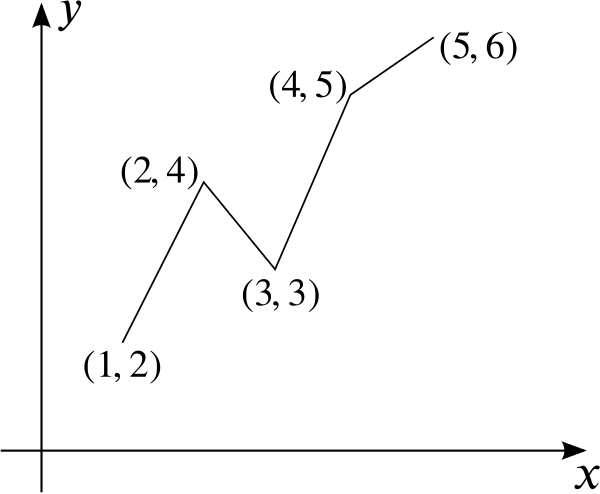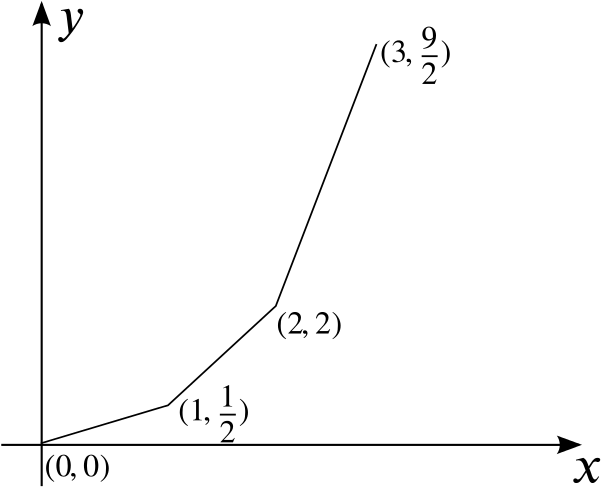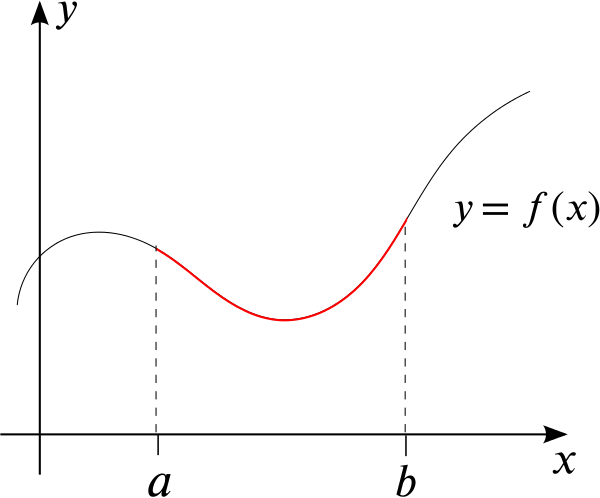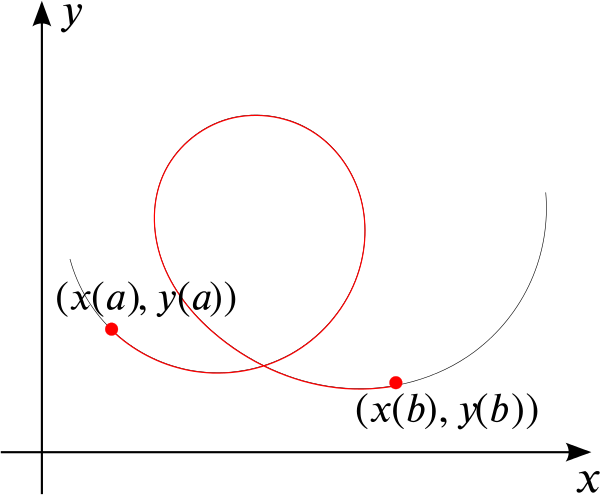What is the length of this line (not drawn accurately)?

What about the length of this approximation to \(y=\frac{1}{2}x^2\) from \(x=0\) to \(x=3\) (again not drawn accurately)?

How could we get a better approximation to the length of \(y=\frac{1}{2}x^2\) from \(x=0\) to \(x=3\)?
How can you extend your answer to work out an expression for the exact length of \(y=\frac{1}{2}x^2\) from \(x=0\) to \(x=3\)?
(Feel free to leave the expression in an unevaluated form if you do not know how to evaluate it.)
Extend this idea to answer the first main problem:
More precisely, if we have the graph of a function \(y=f(x)\), how can we find the length of the graph between \(x=a\) and \(x=b\), as shown in this sketch?

Can you now extend your ideas to answer the second main problem?
And if we have a curve given parametrically as \((x(t), y(t))\), how can we find the length of the curve between \(t=a\) and \(t=b\), as shown in the following sketch?

With these answered, you should be able to tackle the two examples on the main problem page.

